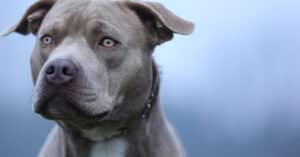
Cavalier spaniels are a low-maintenance, intelligent dog breed that suffers from many genetic disorders.
©David Shankbone from USA, CC BY 2.0 <https://creativecommons.org/licenses/by/2.0>, via Wikimedia Commons – License
King Charles Cavalier spaniels are one of the cutest and manageable dog breeds anyone can own. They are small to medium-sized dogs with minimal maintenance, aside from occasional grooming like brushing their smooth coats, trimming their nails, and brushing their teeth. These dogs come from royalty and still behave as such. They only want the nicest foods and attention.
Unfortunately, they suffer from many genetic issues which may shorten their lifespan. Even when an owner does everything correctly and provides the best diet and cleanest home, this breed still may suffer from genetic defects that are unavoidable and possibly terminal.
All Cavalier spaniel owners must be ready for these genetic defects by learning about the breed and researching symptoms to watch out for. By being proactive, owners can properly support their Cavalier spaniels.
King Charles Cavalier Spaniel Genetic Origins

According to the American Kennel Club, a group dedicated to registering, promoting, and breeding purebred dogs, the King Charles Cavalier spaniel was a combination of two toy spaniel dogs during the 17th century in Britain.
As the name implies, they are named after King Charles II who was very fond of the breed. Because there was an offshoot of the King Charles spaniel, the name “Cavalier” was added to differentiate the breeds. When King Charles II died, the breed underwent modifications to have shorter noses, a dome skull, and different colors.
During World War II, the breed almost went extinct. Cavalier spaniel enthusiasts met with breeders to recover the breed using six dogs to repopulate. The breed has recovered, but the constant inbreeding makes Cavalier spaniels susceptible to genetic health complications.
How Long Do King Cavalier Spaniels Live?
On average, a healthy Cavalier spaniel can live 12-15 years. Tuppence is the oldest known Cavalier spaniel, having lived for 19 years and four months.
Providing a Cavalier spaniel with a healthy diet, easy access to medical care, and attentive hygiene increases their chances of succumbing to other health effects not associated with their genetics.
Common Health Issues of King Cavalier Spaniels
Let it be known that while these dogs are adorable and have gentle personalities, preferring to be lap dogs and snuggle companions, many will show signs of one of these diseases. Certain countries like Norway ban the breeding of King Cavalier spaniels and British bulldogs because they suffer from numerous genetic issues and health problems.
Canine Degenerative Mitral Valve Disease (MVD)
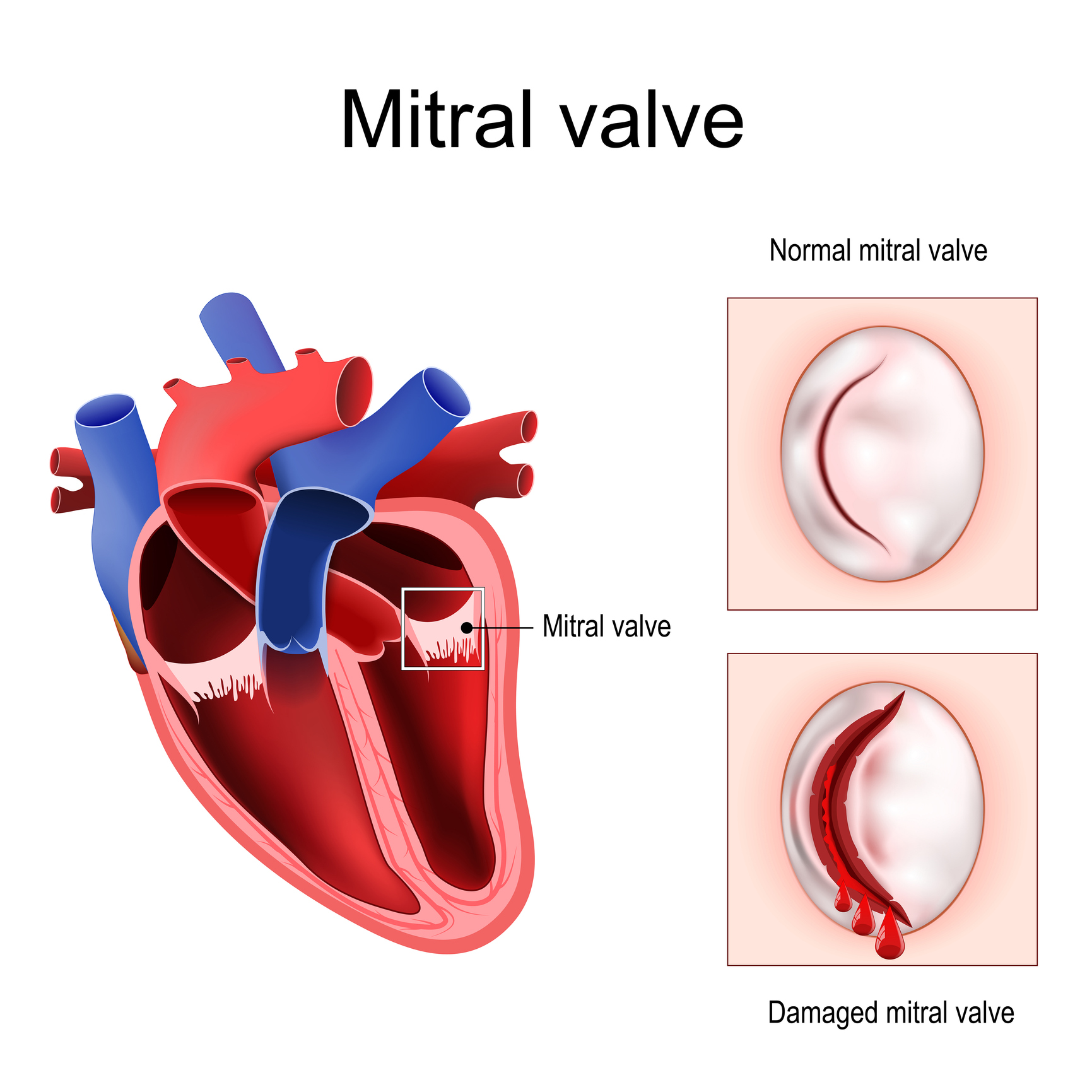
Most veterinarians do not perform heart surgery on Cavalier spaniels because of high risks to their health.
©ttsz/ via Getty Images
MVD is a common heart condition where the mitral valve in the heart thickens, preventing the valve from closing when blood flows from the left atrium into the left ventricle. The valve can also be too floppy to control the flow of blood properly, allow blood to blow in the opposite direction, or restrict blood from flowing into the left ventricle.
MVD is common in small and medium-breed dogs, with nearly 50% of Cavalier spaniels being afflicted because of genetic inbreeding. There are no known medications or treatments for MVD aside from open-heart surgery, which can be exceptionally expensive. Currently, the Might Hearts Project is an online group open to helping owners with King Cavalier spaniels find medical care for MVD. Japanese surgeon Masami Uechi, DMV, has a 90% success rate in performing mitral valve surgery. He plans to teach the technique in America.
Symptoms of MVD include:
- Heart murmur
- Shortness of breath
- Fatigue
- Chest pain
- Dizziness
- Swelling joints
- Coughing
Syringomyelia (SM)

The breed’s dome shape makes them attractive, but also causes syrinxes at the base of the skull.
©Page Light Studios/Shutterstock.com
Syringomyelia is a bit complicated to explain properly without having a mastery knowledge of medicine and the anatomy of dogs. The National Library of Medicine does an excellent job of explaining the disease.
Simply put, Cavalier spaniel’s skulls are too small, preventing spinal fluid from flowing from the brain to the spinal cord effectively. Spinal fluid pools of cysts (syrinxes) form, blocking the spinal cord and causing nerve damage, which disrupts the entire body.
Unfortunately, there is no known cure for SM. Once diagnosed, it will eventually become fatal. It is very common in Cavalier spaniels, with the Universities Federation of Animal Welfare citing that 70% of Cavalier spaniels will experience symptoms by six years of age.
Symptoms of SM include:
- Extreme sensitivity to neck, back, chest, or shoulders
- Holding head up high
- Whining and yelping in pain.
- Phantom scratching
- Immobility to partial paralysis
- Seizures
Obesity

Indoor dogs and gets have a higher risk of becoming obese than outdoor animals.
©GlobalP/iStock via Getty Images
Obesity is defined as excessive weight that strains or negatively affects the pet’s body. In veterinary medicine, this means the pet is 20% above their ideal body weight. The ideal weight for a Cavalier spaniel is 12-18 pounds. The best way to tell if a dog is obese is by checking their waistline. If their waist is not clearly visible, they are overweight, and if the pet is struggling to handle their weight, they are obese.
Obesity is exceptionally common in all dogs because of free feeding, offering a surplus of unhealthy treats, and minimal physical activity. Cavalier spaniels are playful dogs, but they are not as active as other dogs like terriers.
While obesity is not a disease, it can increase the chances of other health effects like:
- Heart disease
- Arthritis
- Cancer
- High blood pressure
- Diabetes
- Bladder stones
Signs a Cavalier spaniel is obese are:
- Trouble seeing ribs or waistline
- Extended abdomen or belly
- Low stamina for activities
- Struggling to leap on couches, beds, or stairs
Ear Infections
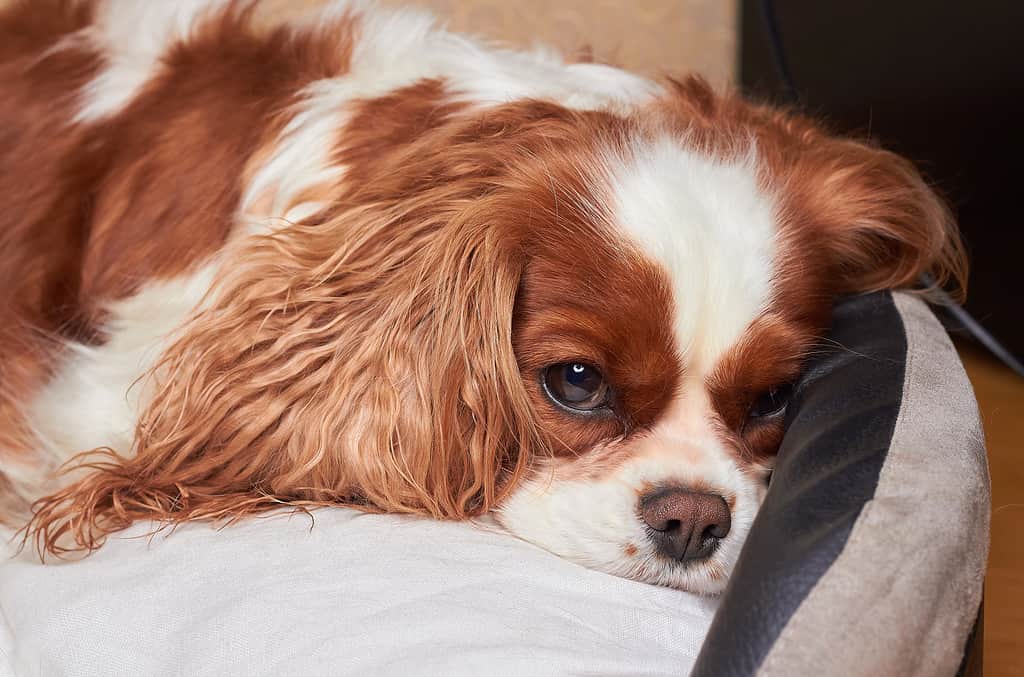
Cocker spaniels, Cavalier spaniels, and hounds must have their ears checked often to avoid ear infections.
©Aksana Zavadskaya/iStock via Getty Images
Ear infections are common in dogs with big and floppy ears. Originally, floppy ears helped dogs hold onto scents while tracking prey. Today, many spaniels are not hunting dogs anymore and no longer need to hold onto scents for tracking.
Floppy ears are very cute, but they increase chances of dirt or moisture becoming trapped in the ears. Their ears pick up dirt from playing outside, or water during baths, both of which can cause ear infections.
Depending on the severity of the infection, they can be easy to moderately annoying to clean. Doctors may prescribe anti-inflammatory medicine like Zymox to help with the swelling and stimulate the immune system to combat the infection. Veterinary technicians can help clean out the ears to remove any dirt and debris, allowing the ears to heal. Owners should keep their dog’s ears clean and dry by checking them daily and learning proper ear-cleaning techniques.
Symptoms of ear infections include:
- Itching
- Smelly ears
- Shaking head often
- Crusts or scabs forming in the ear
Giant Platelet Disorder
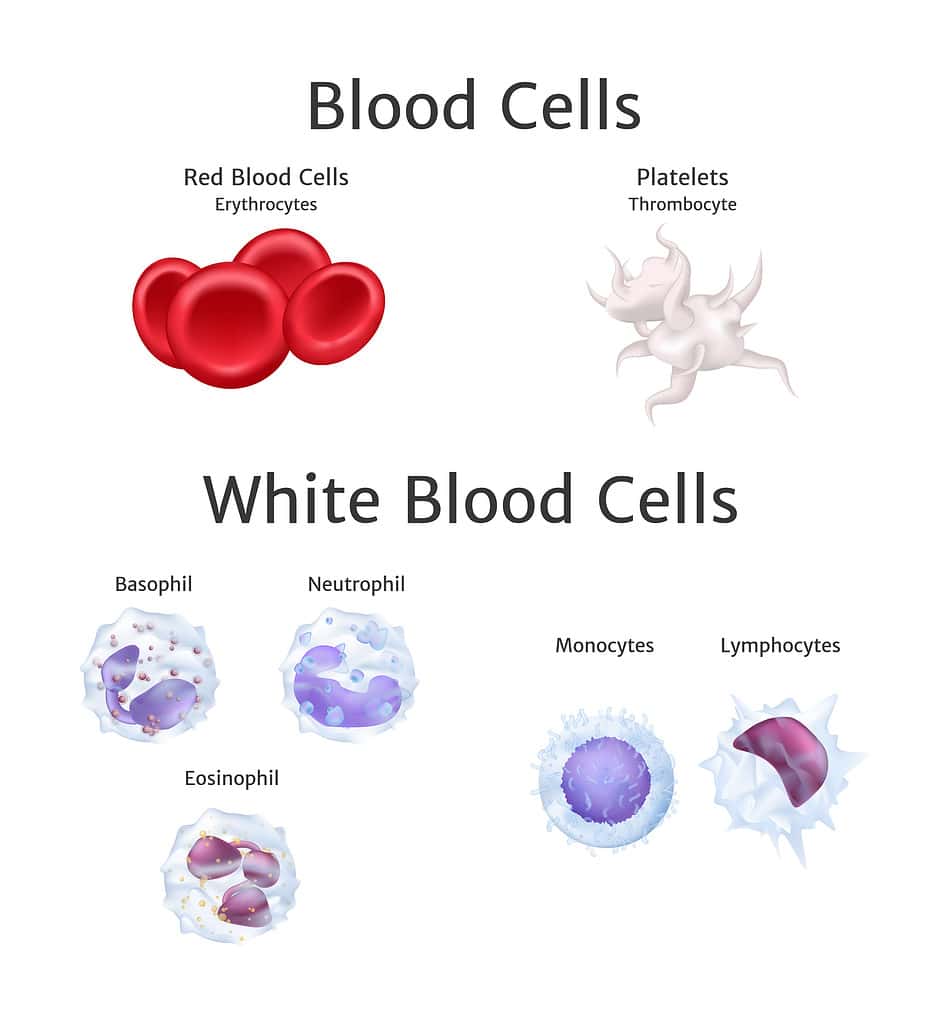
Without platelets, blood cells may not clot properly, causing extensive bleeding.
©ikryannikovgmailcom/iStock via Getty Images
Giant platelet disorder is a condition where the blood platelets swell to abnormally larger sizes. The condition is benign (non-lethal) but will cause other problems relating to bleeding disorders. To clarify, blood platelets are cells that make blood clot. The biggest condition of giant platelet disorder is that cuts or wounds may take longer to clot than normal. Also, the larger size may produce fewer lower platelet counts on a blood test diagnostic.
This disorder is common in Cavalier spaniels, Norfolk terriers, and Cairn terriers.
Symptoms of giant platelet disorder include:
- Prolonged bleeding from injuries
- Bloor in urine or stool
- Pale color of mucous membranes.
Eye Issues
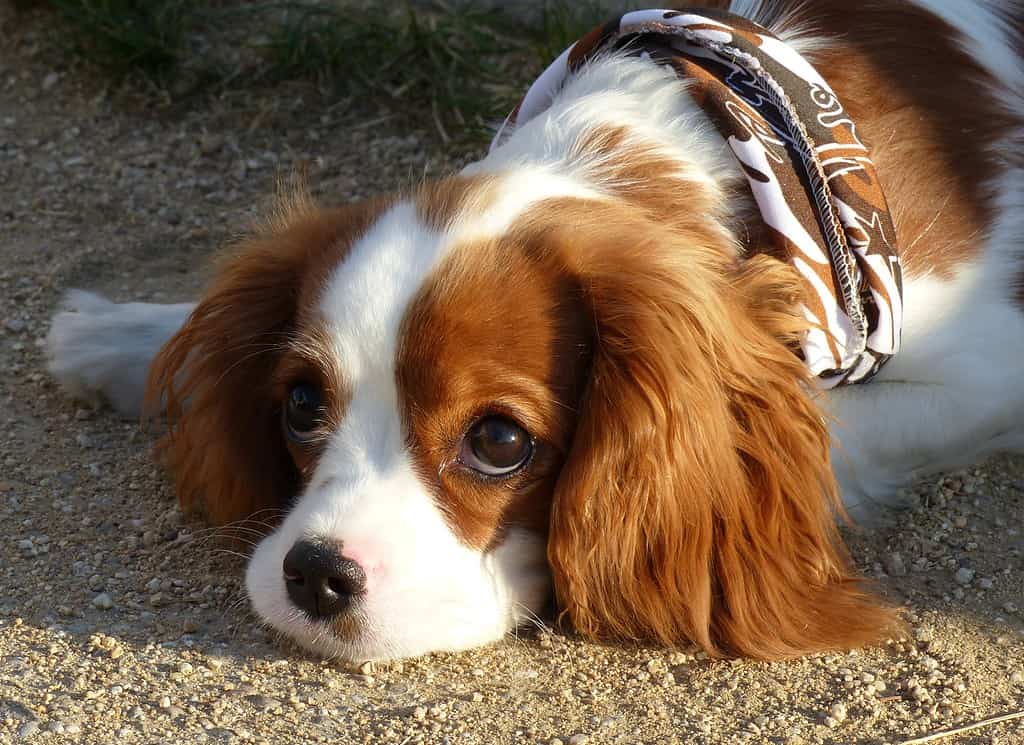
Veterinarians can offer eyedrops to owners to help their dogs keep their eyes moist.
©HTO, Public domain – License
Cavalier spaniels were born with smaller heads, so they have a higher likelihood of experiencing eye problems like cataracts, cherry eye, dry eye, or entropion (a condition where the eyelid folds inwards). Like bulldogs and other short-faced breeds, their eyes suffer from not having enough moisture. Straining as they age might cause vision loss. Some veterinarians speculate that the Cavalier spaniel’s eyes are too big for their head, leading to these eye issues. Of course, genetic inbreeding increases the risks of developing problems.
Here is a brief description of the most common eye issues Cavalier spaniels may experience:
- Cataracts: Clouding of the lens, leading to loss of vision or total blindness
- Cherry Eye: The third eyelid gland prolapses (pops out). It must be treated with surgery but recurrences are possible.
- Entropion: The eyelid rolls inward, causing hair to rub against the surface of the eye.
- Dry Eye: Inflammation of the cornea due to the inability to produce watery tears leading to “dry eyes”
- Progressive Retinal Atrophy: Inherited degenerative disease leading to blindness. Eyes gradually lose their sight as retinal tissue dies.
Luxating Patella

Acupuncture and chiropractic adjustments are alternative options for surgery to repair luxating patellas.
©JimVallee/iStock via Getty Images
A luxating patella is when the kneecap slides or pops out of place. Basically, it is a dislocated kneecap from an injury or stress on the joint. Large breeds and sporting dogs are highly susceptible to this when they make sharp turns and land in an awkward position. Treatment ranges from surgery to holistic physical therapy options, and ligament-supporting supplements. Cavalier spaniels may experience this when leaping off a high platform like a bed or couch while overweight or landing on uneven ground.
When a dog experiences a dislocated kneecap, they will favor their other legs to compensate. While this will help them walk, it puts too much strain on the other legs, increasing the chances of another incident.
Symptoms of luxating patella include:
- Lameness
- Limping
- Extending leg causes pain
- Favoring other legs while walking
Gastritis
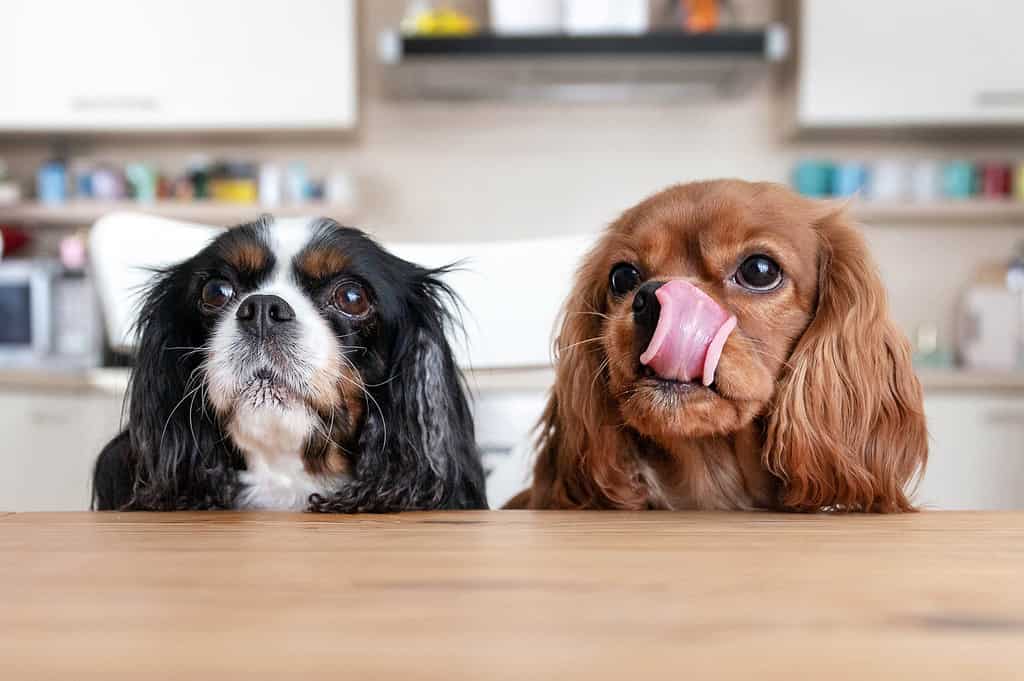
Owners are easily tricked into giving their pets table food and extra snacks because of “puppy eyes.”
©fotyma/iStock via Getty Images
Gastritis is inflammation of the stomach lining which causes other gastrointestinal problems. This disease is not life-threatening and will resolve within a few days, but the animals will suffer discomfort until it resolves.
Gastritis can be acute (suddenly and severe) or chronic (spanning several months or longer). Veterinarians who detect gastritis in dogs often suspect another disease. Inflammation is the body’s response to combat a foreign substance or invader.
Gastritis is usually caused by dogs eating spoiled or rotten food, toxic materials, mold, fungi, or other table foods. Diseases like liver disease, tumors, irritable bowel syndrome (IBS), or other gastrointestinal conditions affecting the stomach can also lead to gastritis.
Symptoms of gastritis include:
- Vomiting
- Diarrhea
- Decreased appetite
- Dehydration
- Lethargy
- Abdominal pain
- Blood in vomit or feces
When handling stomach issues, owners should withhold food for several hours, only allowing the pet to drink water to allow the stomach to settle. After 24 hours, offer a small portion of their food. If they eat with no incidents, the stomach issue has subsided. If any symptoms listed above are present, they should see a veterinarian right away.
Dental Disease

Small dogs have a higher risk of having teeth removed because they pick up snacks more than big dogs.
©VikiVector/iStock via Getty Images
Dental disease and periodontal disease are the accumulation of plaque and tartar on teeth. Plaque and tartar affect the teeth in Cavalier spaniels the same as it affects humans. Too much plaque will cause tooth decay, gingivitis (gum disease), and infections, and increase the chances of other health problems.
Dental disease is common with many indoor pets because owners do not consider dental cleanings as routine care. Dry food companies promote that their food helps clean teeth when they actually do the opposite. When dry food is eaten, the food sticks to the teeth, which turns into plaque and tartar. In contrast, wet and home-cooked food slides off the teeth, reducing the accumulation of plaque.
The four stages of dental disease:
- Plaque and tartar build up on teeth, and reddish gums
- Swollen gums, bad breath, partial tooth decay, and bone loss
- Heavy gingivitis, bad breath, prominent tooth decay
- Bleeding gums, severe bone loss, possible infections
Signs a pet is experiencing dental disease:
- Drooling
- Bleeding gums
- Pawing at the mouth
- Sensitivity to eating
- Bad breath
- Broken teeth
- Mass or growths in the mouth
Primary Secretory Otitis Media (PSOM)
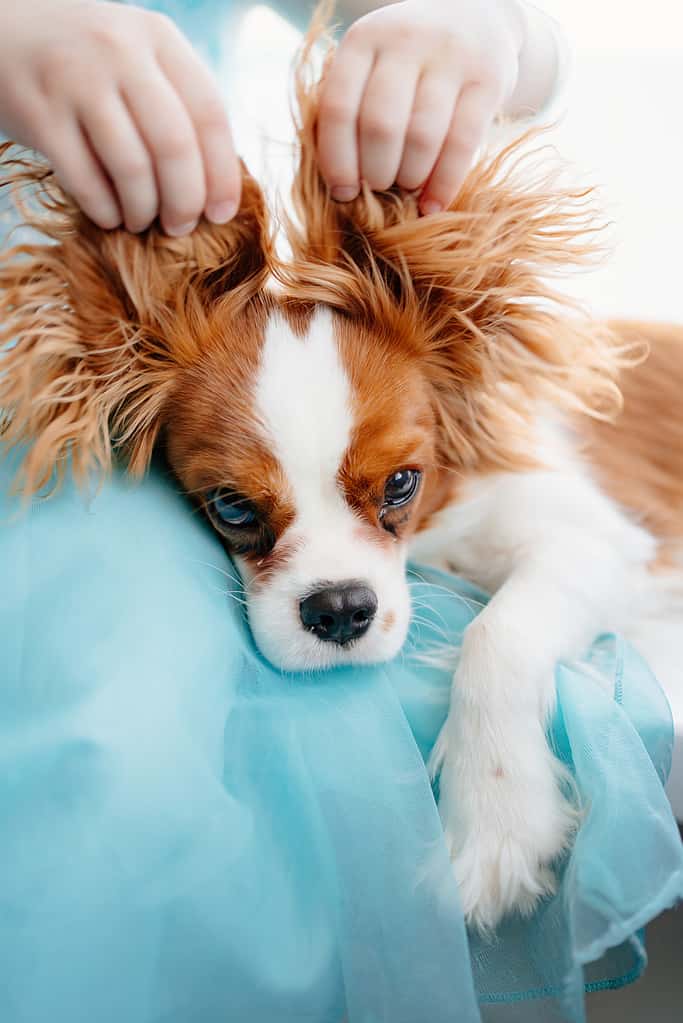
Glue ear is still being researched, but it seems most prominent in Cavalier spaniels.
©Andrey Sayfutdinov/iStock via Getty Images
PSOM, or “glue ear,” is an inflammatory disease where mucus blocks the middle ear cavity. This disease is primarily found in Cavalier spaniels but can be seen in other dogs.
This disease is still being studied and more research is pending regarding how it affects the breed. Theories suggest the mucus is draining into the middle ear or high levels of mucus are being produced. It is difficult to diagnose PSOM because many of its symptoms are similar to SM.
Symptoms of PSOM are:
- Gradual hearing loss
- Scratching ears
- Lifting head high
- Tilting head
- Drooping ears
- Facial paralysis
Brachycephalic Airway Obstruction Syndrome (BAOS)

Cavalier spaniels have bigger airways than bulldogs, but it is still narrow.
©Liliya Kulianionak/Shutterstock.com
BAOS is a lifelong issue where the Cavalier spaniel’s airway is blocked because of the breed’s body. Cavalier spaniels have small heads and short muzzles like bulldogs, pugs, and some terriers making it difficult for them to inhale enough air through their nose. The short muzzle design was a favorable trait to owners, who insisted it was a beautiful feature despite the health risks it causes.
Dogs with BAOS need extra attention in veterinary clinics and during surgery because they have a smaller windpipe to insert a breathing tube. They also may struggle to breathe when they wake up. Additionally, Cavalier spaniels with giant platelets have more problems because their blood may not clot properly, leading to extensive blood loss.
Symptoms of BAOS include:
- Respiratory difficulties
- Open-mouth breathing
- Low stamina exercising
- Snoring
King Charles Cavalier spaniels are an adorable breed that suffers from numerous health issues from genetic manipulation and inbreeding. Anyone thinking of adopting one must be aware of the health risks, as well as the financial and emotional repercussions when one of these diseases affects their dog.
The photo featured at the top of this post is © Tatsiana Volkava/iStock via Getty Images
Ready to discover the top 10 cutest dog breeds in the entire world?
How about the fastest dogs, the largest dogs and those that are -- quite frankly -- just the kindest dogs on the planet? Each day, AZ Animals sends out lists just like this to our thousands of email subscribers. And the best part? It's FREE. Join today by entering your email below.
Thank you for reading! Have some feedback for us? Contact the AZ Animals editorial team.





